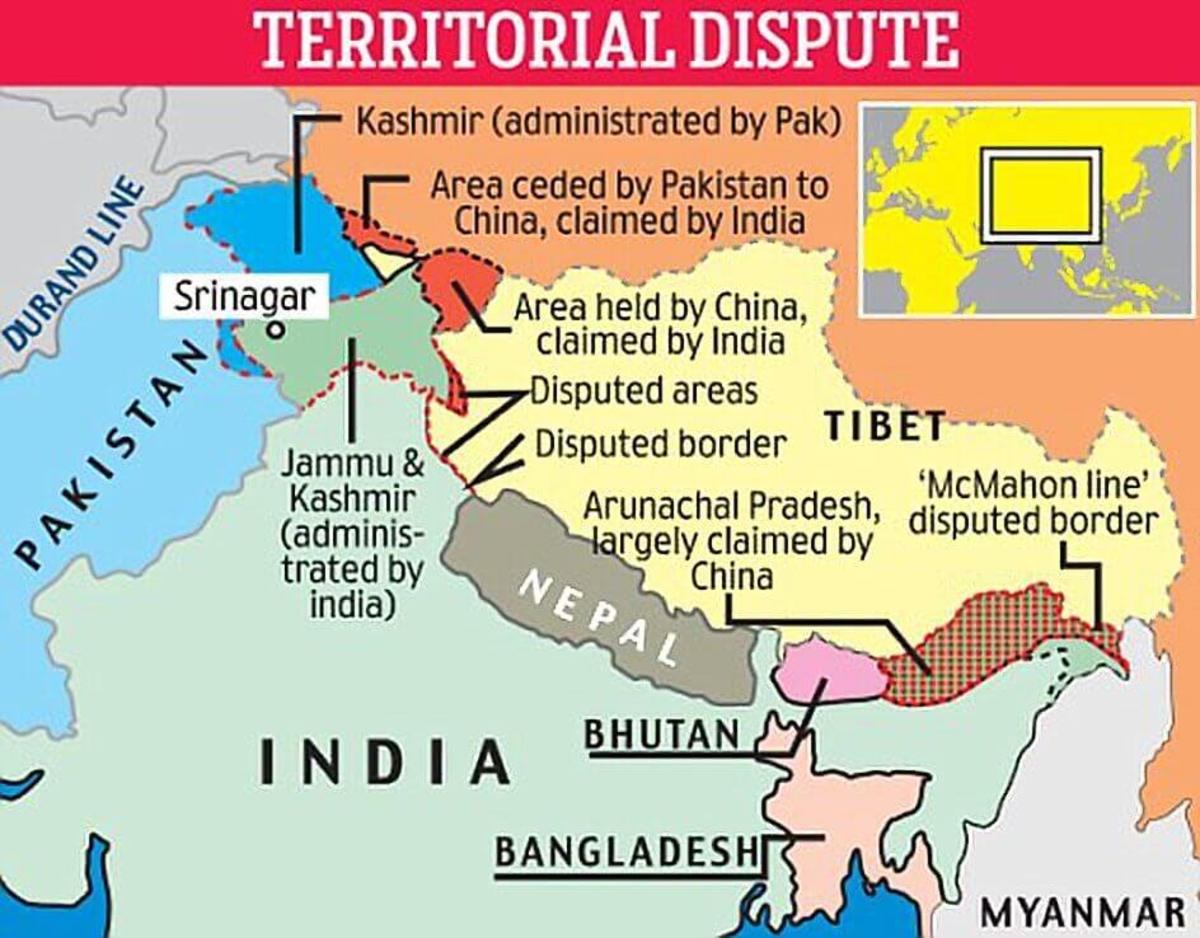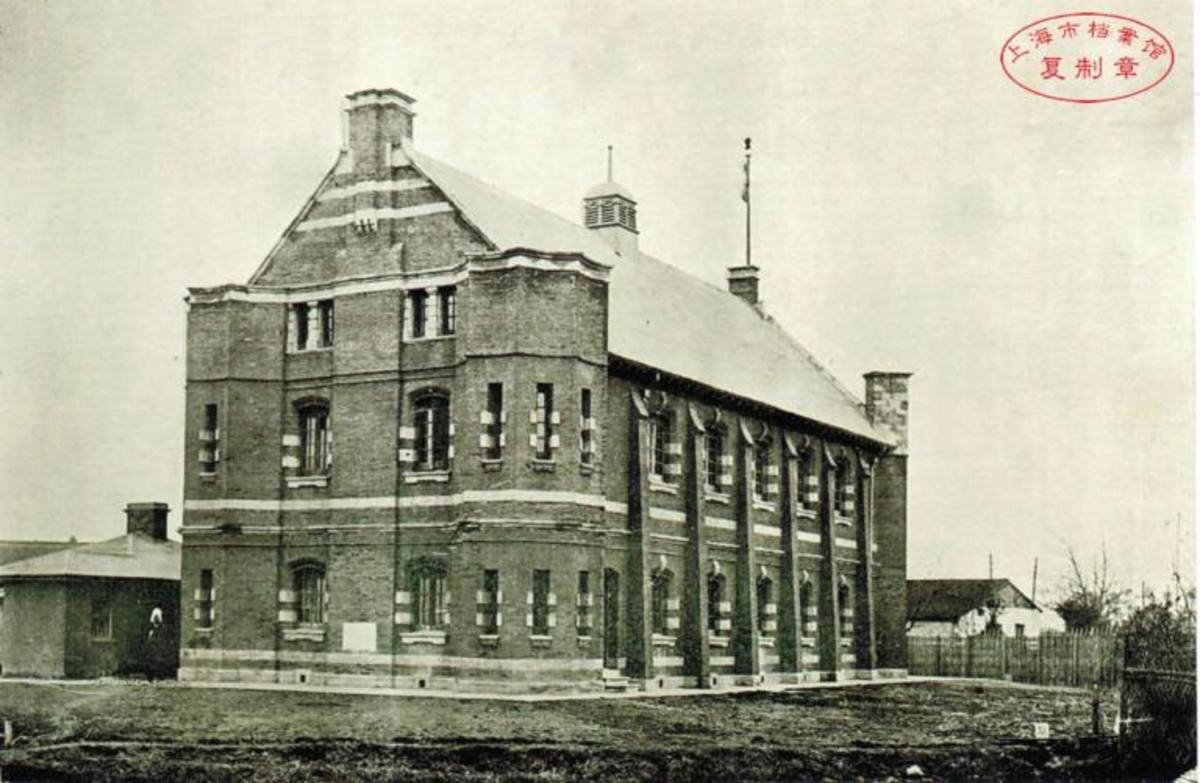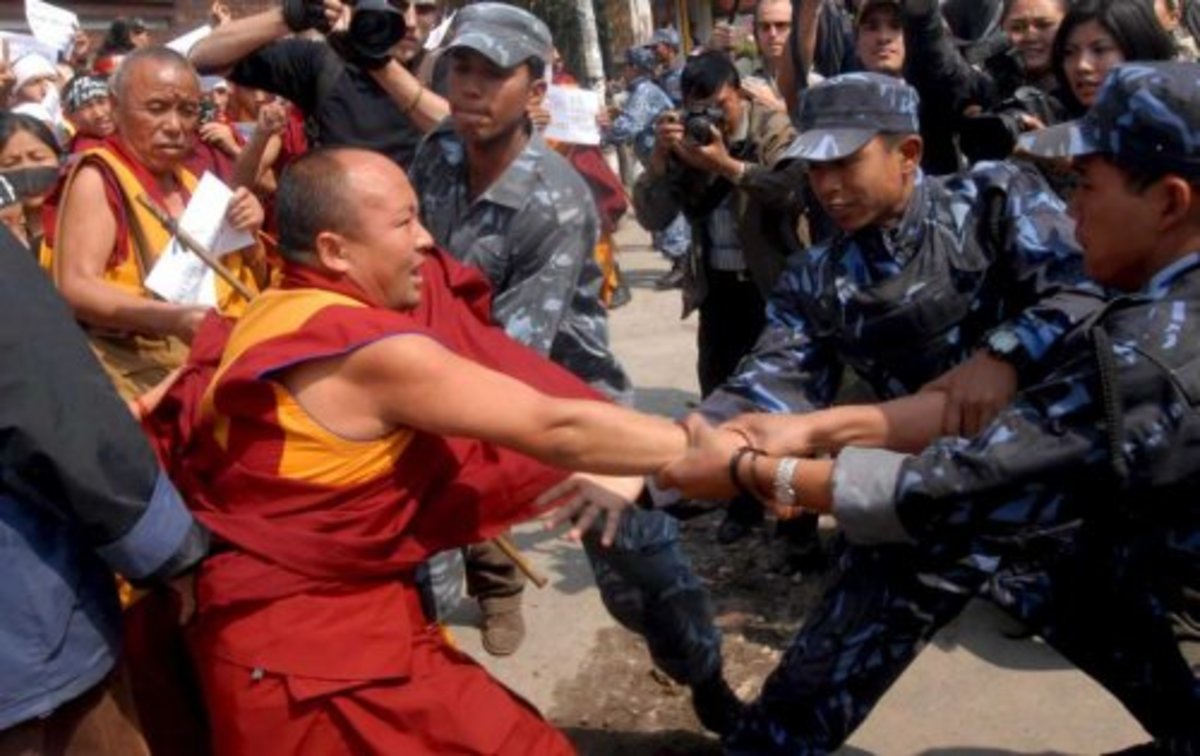Conflicts Between Indian And China
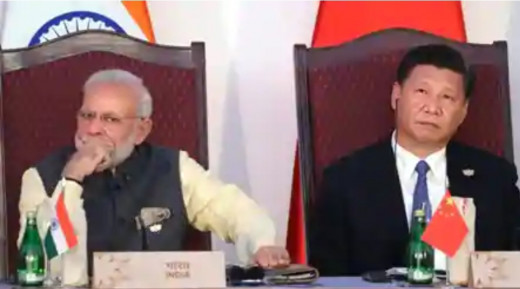
Reason Behind the clash
Between India and China, in front of Tibet, there was a bloody clash between the Line of actual control (LAC) in the East Ladakh valley, without firing a single shot, 30 soldiers were killed and some were missing, according to 20 or some reports from India, including a colonel. According to the BBC report, 43 people of the people's liberation army were also killed. According to Indian military sources, the clash took place when major general level talks were going on from every two sides to end the tension and it was determined that the forces of both sides should get out of the disputed areas, while China is saying that the kind of construction in the disputed area is against this dialogue and they continue, this fight is the result.
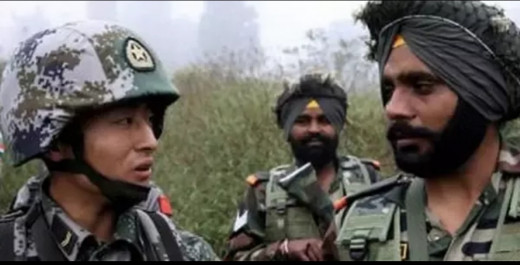
Line of Actual Control (LAC)
On the other hand, talks between the deputy foreign minister of China and the ambassador of India to China in Beijing are also ongoing and the Indian army chief has postponed his visit to Pathankot. It is clear that there is a 3488-kilometre long border between India and China, which is called the line of actual control. It is the most mountainous region which extends from Jammu and Kashmir to Ladakh in the east, passing through Himachal Pradesh and Uttar Khand in the middle to Arunachal Pradesh in the east to Sikkim. The long-standing dispute is on the border of Sikkim in addition to Ladakh. China claims that its agreement with British India was made in 1890, according to which the middle area of Tibet and Sikkim belongs to China. China has also started the construction extension of the railway line along the road to connect the Nathula near the city of Tibet and the Indian actual line of control near Doklam. Apart from this, China is expanding its airbase on a large scale in Tibetan capital.
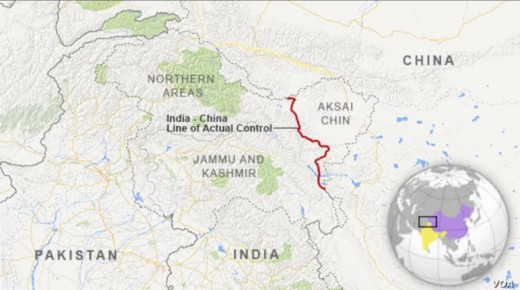
Tripartite Agreement (China, Bhutan, India)
The original dispute started last month from the Doklam area of Bhutan near the Sikkim border. China wants to build a big road here, while Bhutan believes that this land belongs to him and India stands with him. Along with this, it is also in view that India is building roads and other means of communication to increase its military power in this region. Five years ago there was a tripartite agreement between India, China and Bhutan that would be settled in consultation with the joint boundary trio China demands from India that the way we have recognized your control over the Sikkim, in the same way, you recognize China's control in Tibetan areas, while India has not only given Dalai lama since 1960 but has also given shelter to one million Buddhists in their country, and Dalai Lama has established Tibet's foreign government here. What circumstances did the young Dalai lama have to flee from Tibet is a long story. In the past, 81-year-old Dalai Lama visited Arunachal Pradesh and China complained that the names of many Tibetan areas have been changed, which China calls interference in its internal affairs.
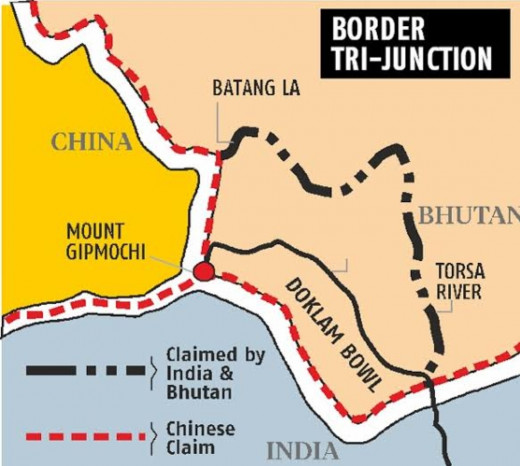
Pangong Lake Clash
Like the Galwan valley, in the area of Pangong lake, soldiers of both sides have been injured as a result of stones fight, as there is a claim of China over the area of Aksai Chin. China does not even recognize the Indian region as the McMahon Line, and the security council has also gone in this regard. The new construction that India has done in the area of Uttarakhand, Indian defence minister inaugurated it on May 8, so China also raised objections on it. From Nathula which was about 300 Buddhist and Hindu Yatri went to the annual yatra of Kailash Nath China also stopped them and this matter was resolved by the discussion There is no doubt that if China has built construction with the single line of control, India has not left it. Especially in the current era of BJP, a good part of the construction budget has been spent here. Here is a short time 1800 kilometres of roads have been constructed and work on many other projects is going on fast. Especially after the change of constitutional clause 370, more emphasis is being given on military construction in Ladakh. Apart from the roads, military bunkers are also being built to strengthen their position in the event of war. Although the rivers of the region were divided in half, the sides attempt to establish their own control over the rivers and lakes of the region.
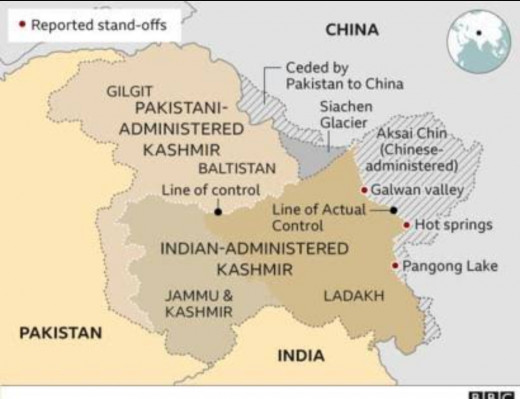
Position of India in International Diplomacy
Although India is in a better position in global diplomacy at this time. He has also become a member of the security council for two years, but he is also a member of the UN security council, for which 47 out of 48 countries in the United States do not have any objections, while China has objected to India's involvement in the NSG or nuclear supplier group that he has not yet signed NPT. India insists that it has signed MTCR by accepting the missile technology control regime, so China should not be obstructed. India has reservations about China with some references on c-pack.
© 2020 Asad Hussain

